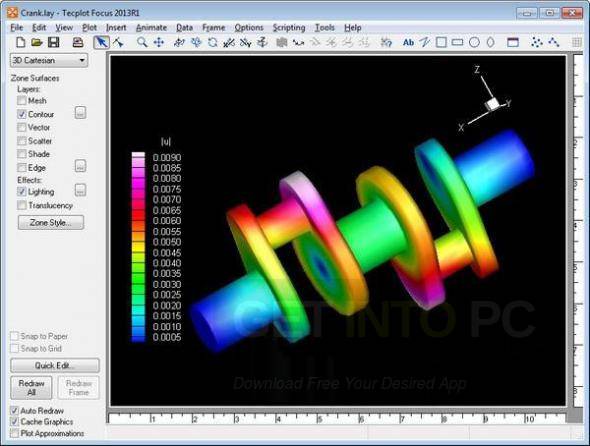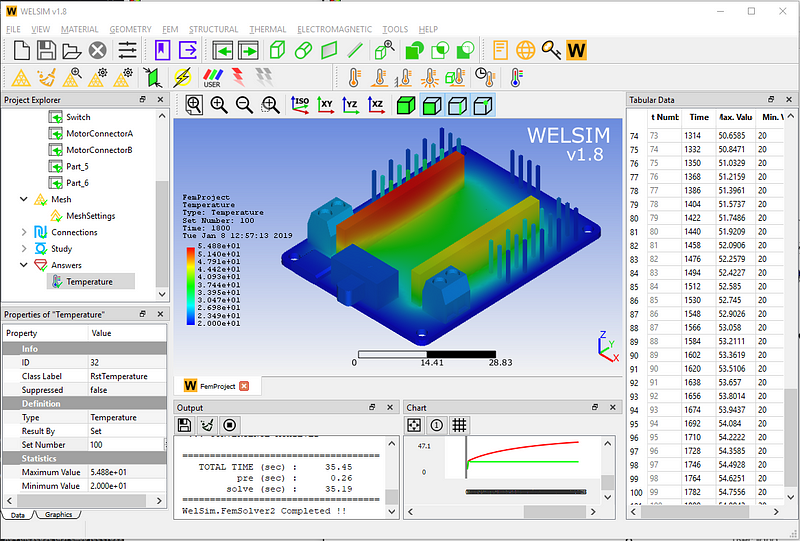

The UCLA code is a finite-difference staggered-mesh code that serves as a supplementary tool to the massively-parallel finite-volume code developed by HyPerComp. The newly-developed codes overcome the deficiency of other MHD codes based on the quasi static approximation by defining a more general mathematical model that utilizes the induced magnetic field rather than the electric potential as the main electromagnetic variable. In Phase I SBIR project, HyPerComp and Texcel initiated the development of two induction-based MHD codes as a predictive tool for fusion hydro-magnetics. Conservative data interpolation via CAD (as more » opposed to mesh-based transfer), the regeneration of CAD models based upon computed deflections, are among the other highlights of phase-I activity. A complete graphical user interface of the VTBM was created, which will form the foundation of any future development. In Phase-I, we built the CAD-hub of the proposed VTBM and demonstrated its use in modeling a liquid breeder blanket module with coupled MHD and structural mechanics using HIMAG and ANSYS. Since CAD is at the core of the simulation (as opposed to computational meshes which are different for each problem,) VTBM will have a well developed CAD interface, governing CAD model editing, cleanup, parameter extraction, model deformation (based on simulation,) CAD-based data interpolation.

The integrated modeling process will enable user groups to interoperate using a common modeling platform at various stages of the analysis.

We seek to integrate well established (third-party) simulation software in various disciplines mentioned above. Physical phenomena to be considered in a VTBM will include fluid flow, heat transfer, mass transfer, neutronics, structural mechanics and electromagnetics. in research collaboration with TEXCEL has set out to build a Virtual Test Blanket Module (VTBM) computational system to address the need in contemporary fusion research for simulating the integrated behavior of the blanket, divertor and plasma facing components in a fusion environment.


 0 kommentar(er)
0 kommentar(er)
